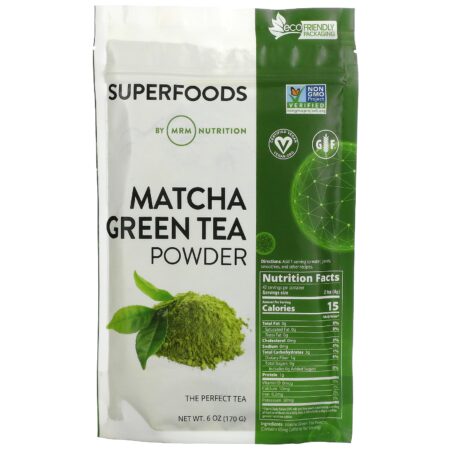Direct exposure to the heavy metal cadmium is understood to aggravate the stomach and lungs or trigger kidney illness, however brand-new research study links another health concern to unintentionally consuming low dosages of the toxin: high activation of the antibodies that trigger an allergic reaction.
Scientist traced this link in mice to gut germs that, after direct exposure to consumed cadmium, over-produced an enzyme that breaks down vitamin D— efficiently developing conditions that simulate vitamin D shortage. In regards to scientific impacts, the mice sensitized to a particular irritant that took in cadmium produced high levels of antibodies versus the irritant along with immune cells that increased their breathing signs.
Different epidemiological research study has actually revealed an association in kids in between vitamin D shortage and greater vulnerability to asthma and other allergic reaction signs. And a Congressional report launched on Sept. 29 revealed an unforeseen source of cadmium in kids, revealing that hazardous levels of hazardous heavy metals, consisting of cadmium, had actually been found in numerous brand names of child food.
” The issue is, due to the fact that cadmium does not break down quickly– it has a half-life in the body of a minimum of 15 years– if you are chronically exposed to low dosages, it collects with time,” stated Prosper Boyaka, teacher and chair of veterinary biosciences at The Ohio State University and senior author of the research study. “It’s likewise not something we can quickly prevent being exposed to due to the fact that it can stay in air, soil and water.”
The majority of people consume the natural component cadmium, a heavy metal utilized for batteries and making pigments, by consuming plant and animal foods that have actually taken in the toxin or drinking polluted water. The Epa notes cadmium amongst 8 metals thought about very hazardous at little concentrations.
Boyaka and associates discovered that a speculative substance that prevents the triggered enzymes lowered the allergic reaction in mice that consumed cadmium.
” We proposed 2 possible methods in the paper,” Boyaka stated. “One is vitamin D supplements, however that needs to occur prior to cadmium direct exposure has actually triggered an increased allergy, so the concern would be when to utilize a supplement. We likewise propose targeting those enzymes as a method to avoid the increased allergic reaction.”
The research study was released just recently in the journal Mucosal Immunology
Toxic wastes such as cadmium and lead are thought about factors– in addition to hereditary predisposition and overuse of prescription antibiotics– to the growing variety of individuals with allergic reactions, however the systems behind that association aren’t well-understood, Boyaka stated.
In this research study, scientists included what is thought about a “subtoxic” dosage of cadmium to drinking water taken in by groups of mice for 28 days. Utilizing a mouse design that replicates human hereditary predisposition to an egg allergic reaction, the group exposed the mice to an egg protein to check their allergic reaction.
Mice that consumed water consisting of subtoxic dosages of cadmium and after that were exposed to the irritant had a more powerful allergy– in the type of internal inflammatory actions and allergic reaction signs– than the reaction in control mice.
” Our hypothesis was that cadmium would alter the microorganism population in the gut due to the fact that we understand that dysbiosis, or a modification in the microbiota, can drive allergic actions. And yes, providing those small, small dosages of cadmium in the drinking water did alter allergic sensitization,” Boyaka stated.
The result was understood to take place in the gut, as anticipated, due to the fact that germ-free mice, which do not have intestinal tract microorganisms, that were orally exposed to cadmium did not over-produce the antibody that triggers an allergic reaction. However the scientists identified the cadmium wasn’t eliminating cells or making the intestinal tracts leaking. A series of experiments connected cadmium in the gut to production of inflammatory particles– along with to stimulation of the 2 enzymes that break down vitamin D
” That’s the primary finding– after direct exposure to subtoxic dosages of heavy metals, the contaminants stay in soft tissue, consisting of in the gut. And what they do is make cells more reactive. In the gut, particularly, germs will make sure cells produce more of the enzyme that breaks down vitamin D,” Boyaka stated. “That’s a connection that we did not understand previously.”
Boyaka’s laboratory is now examining prospective substances that might be utilized to obstruct the vitamin D– degrading enzymes.
This work was supported by grants from the National Institutes of Health and the National Center for Advancing Translational Sciences. The scientists carried out experiments utilizing the Ohio State Center for Scientific and Translational Science Mass Spectrometry and Proteomics Core.
Co-authors, all from Ohio State, consist of Eunsoo Kim, Astrid Bonnegarde-Bernard, Stephen Opiyo, Marisa Joldrichsen, Zayed Attia, Brian Ahmer and Estelle Cormet-Boyaka.






